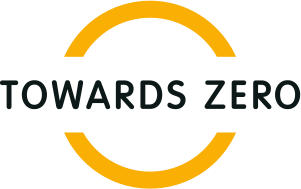What does “brain injury” refer to?
Brain injury may be acquired through trauma to the head (e.g. as incurred in road accidents, falls, sporting accidents, violent assault, near drowning and gunshot wounds) or through non-traumatic causes such as strokes, substance abuse, disease, medical misadventure and haemorrhage. Other terms such as “head injury” may be used to refer to “brain injury” but this is misleading because it confuses the true location, potential cause and nature of the injury.
Injury resulting from any of the preceding causes can be described as “acquired brain injury’.
Who sustains a brain injury?
Each year an estimated 10,000 people will incur traumatic brain injury in New South Wales.
▪ Brain injury is disproportionately concentrated in the young, particularly young males. While people aged 17 to 25 years constitute 15% of the population, they account for 40% of brain injuries.
▪ Brain injury is the main cause of disability incurred by young people aged 16-30 years.
▪ The ratio of males to females incurring brain injuries is 3:1.
▪ More than 3 times as many people have serious lifetime disability from brain injury than from paraplegia and quadriplegia combined.
▪ While the annual number of people admitted to hospital with a severe brain injury is constant, the cumulative effect of people being discharged back into the community is growing.
▪ 70% of severe brain injuries are sustained in road accidents. 1
Source: Cuff Consultants, Brain injury Program for New South Wales: GIO’s Commitment Under Transcover, GIO May 1987.

